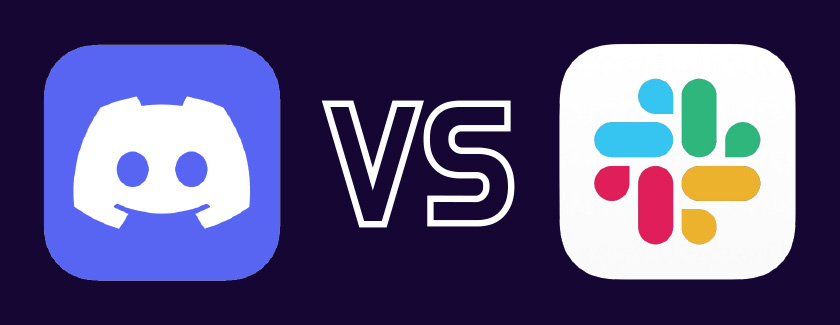
Like the title implies, personas are just that: fictional representations of people. But did you know that they are also some of the most useful tools in User Experience Design? And chances are: you fall under a persona—or multiple personas—that designers of a product you use have created.
In a nutshell, a persona represents a cluster of users who share similar characteristics, whether that be demographics, personalities, interests, use of a product or service, lifestyle preferences, or a combination of them. But more often than not, the persona goes beyond just physical demographics, for many share common goals and interests regardless.
At first glance, personas may seem like generalizing and stereotyping users. But it’s important to note that they are based off the lived experiences of real people. It requires research and observation of many users to create a polished, professional persona, even though said persona is usually not a real person (it’s actually better not to use a real person).
Exercise Breakdown
For this exercise, I took a deep dive into two personas as they relate to the software Discord: myself, and a hypothetical person named Cindy. She is not like me, but nonetheless I believe she would serve as an essential persona for Discord.
In case you are not familiar, Discord is a communication platform that allows users to text, voice, and video chat with each other. Users hang out in communities called ‘servers’ that may either serve as a private group of close-knit friends or serve as a more public platform based on a common interest or influencer. The platform used to cater primarily to gaming communities (and still does), but in recent times it has branched out to other communities. I will explain why shortly.
The format I followed closely resembles Ben Ralph’s template on creating personas. In his article, he details each step and explains why they are relevant to the exercise.
To view the PDF of my full analysis on each persona, click the link below. Otherwise, I will proceed with a highlight of my findings.
The Persona of Myself

I’ll admit: it felt pretty weird creating a persona of myself at first; it felt like I was writing a cheesy autobiography. Nonetheless, I did find this part of the exercise useful. After all, I am an avid Discord user (I use it almost every day), so it suits natural curiosity to discover what kind of persona I would fall under.
For my persona, I represent the casual gamer demographic, which is more aligned with the platform’s roots. My fictional persona, however, is a completely different story.
The Persona of Someone Else… Who Technically Isn’t Real

First of all, the stock photo used actually serves a purpose because Cindy has an interest in photography, and this high-quality photograph showcases her interest in the subject. It’s important not to use just any stock photo—make it serve a purpose.
Unlike myself, the fictional persona Cindy represents the non-gamer enthusiast demographic who is also a diverse voice. In other words, she does not represent the stereotypical majority demographic of Discord’s user base: gamer, male, and white. In this case, Cindy is an upper-20’s Asian female who has non-gaming interests such as photography and writing, and wishes to find an engaging and fun way to connect with her friends and family as well as express her interests.
But why someone so different from Discord’s ‘root’ audience?
Well, In 2020, Discord underwent a transformational rebrand. With their new slogan Your Place to Talk, they decided to expand from their gaming roots by adding features such as server templates, server video, and references that are way less gaming-specific. Additionally, they have decided to market themselves as the software for building any type of community without algorithms or infinite scrolling. This way, newer and more diverse demographics are drawn toward the platform while the gamers continue to be happy because no root feature is being taken away from them. This is expansion without any replacement.
Therefore, I believe a persona like Cindy would be a useful asset, serving as one of diverse voices that Discord wishes to include on their platform.
Other Findings



As shown, there are numerous other creative aspects of this exercise such as listing user goals, influencers, and visual charts on where the persona would be placed.
This all may seem confusing at first glance, but the most important takeaway from personas is that you are effectively addressing a hypothetical user’s goals, challenges, and needs as it relates to your product. And be sure to make your fictional character realistic—that is key to making personas some of the most powerful tools in the user design process.






